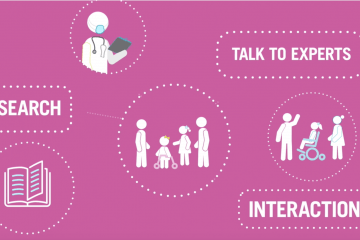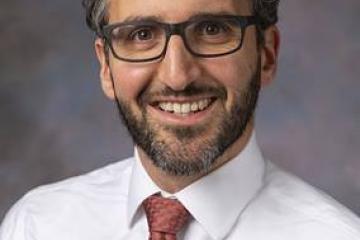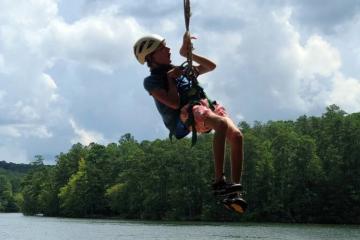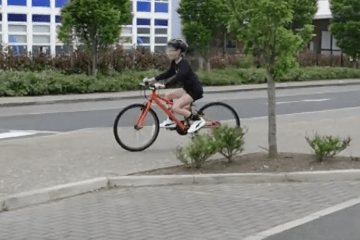Key Ingredients of Interventions to Improve Function in CP

Improving function for children and young people with cerebral palsy was one of highest priorities identified by the cerebral palsy community. In response, researchers, clinicians, and people with lived experience developed guidelines, based on current evidence.
Key Ingredients for effective intervention:
- Client chosen goals should be set
- Factors limiting goal achievement should be determined (these might include aspects of the person, the task, or the environment)
- Intervention should include direct practice of the whole goal
- Intervention should be enjoyable and motivating for the child/young person
- Practice of goals should occur within the home, community, or real life environment relevant to the goal
- Parent-delivered intervention is a key component, but parents shouldn't feel like therapists
- Children and parents should be empowered to make decisions about what is right for them at that point in time
- A high enough dose of practice should be planned for goal achievement
- A team approach should be used
- It can be overwhelming for families and clinicians to understand which intervention is best for each individual. Whatever the goal, focussing on the above principles (rather than focussing on underlying skills such as muscle strength or joint range) and adapting plans to fit in with each family will be most effective.
There is evidence to support a range of intervention options for functional goals:
Mobility/gross motor: overground walking; treadmill training; goal-directed training; Hand-Arm Bimanual Training including the Lower Extremity (HABIT-ILE); context-focussed therapy; task-specific training.
Hand skills: goal-directed training; bimanual training or HABIT-ILE; constraint-induced movement therapy; the Cognitive Orientation to daily Occupational Performance (CO-OP) Approach; task-specific training.
Self-care: goal-directed or task-specific training combined with adaptive equipment; CO-OP; HABIT-ILE.
Leisure: Pathways and Resources for Engagement and Participation; ParticiPAte-CP; CO-OP; HABIT-ILE; coaching.
Jackman, M., Sakzewski, L., Morgan, C., Boyd, R.N., Brennan, S.E., Langdon, K., Toovey, R.A.M., Greaves, S., Thorley, M. and Novak, I. (2022), Interventions to improve physical function for children and young people with cerebral palsy: international clinical practice guideline. Dev Med Child Neurol, 64: 536-549. https://doi.org/10.1111/dmcn.15055
Intervention to improve function for children and young people with cerebral palsy needs to include client-chosen goals and whole-task practice of goals. Clinicians should consider child/family preferences, age, and ability when selecting specific interventions.







